TWSBI Diamond 580 Review
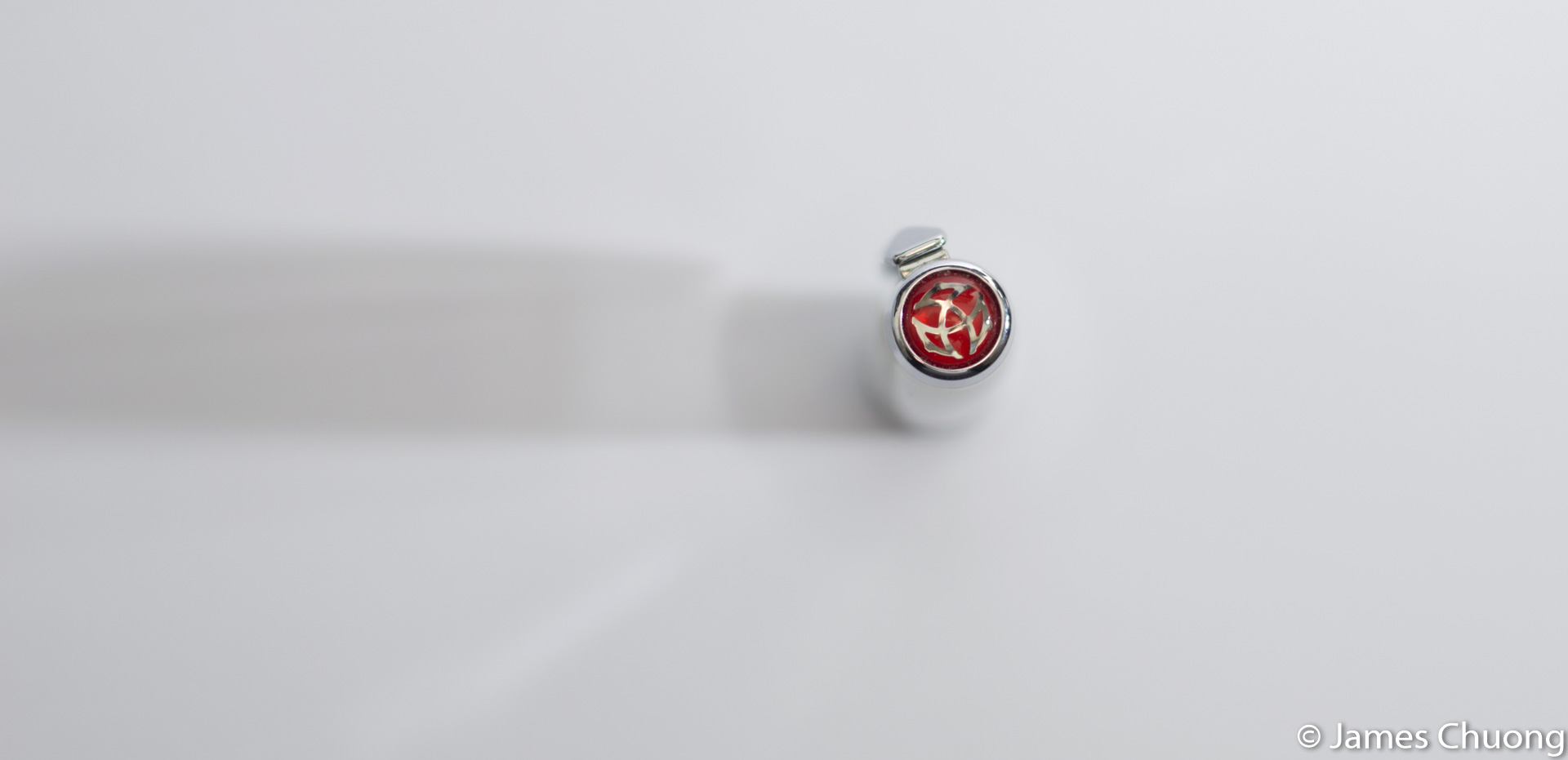
Finally, I’ve reached the second pen I acquired in 2015. Writing reviews takes a lot of time, even though I have very little time to do so… I did end up taking some more pictures of pens for future reviews but writing the actual text blog takes a while to get going.
The second pen I bought is the highly popular TWSBI Diamond 580 with an extra-fine nib. This pen is (or perhaps, was) extremely popular due to it’s lovely demonstrator looks and piston mechanism at the $50 USD mark. New fountain pen users coming from the Metropolitan or Safari start looking at nice demonstrators and want to spend a little more than $30 but under $50 will naturally find this pen. However, due to the release of the TWSBI Eco in the summer of 2015, popularity of the 580 has waned due to more interest in the Eco, which is under $30 USD.
I must also mention that upon some research of the TWSBI 580 leads to a lot of somewhat older posts of cracking issues with the 530, 540 (the predecessors of the 580), and the 580. I will talk about the specifics later on but I do think the cracking issues are mostly blown over now (as the 580 line has apparently had changes from the initial batches) but still has a possible failure point in the design. Again, more will be shown in the review. I also believe that there are a lot of happy TWSBI customers, so take some of the horror stories with a bit of caution. Read their blog post for more information.
TWSBI is a fairly new company, based in Taiwan. I don’t know their actual founding date but I would assume they started in 2009 based on their copyright date on their website. From http://www.twsbi.com/pages/about-us:
TWSBI’s name stands for the phrase “Hall of Three Cultures” or “San Wen Tong” in Chinese. The character “Wen” translates into language and culture. The phrase “San Wen Tong” also brings to mind the Hall of the Three Rare Treasures created by Emperor Qianlong as a memorial to three great masterpieces of Chinese calligraphy. The initials of the phrase “San Wen Tong” was reversed and thus turned into “TWS”. The last letters “Bi” was added with its literal meaning of “writing instruments”. Thus combining the two segments, creating TWSBI.
I think most people would pronounce it as “tu-wis-bi”. What makes TWSBI pens in general so appealing to the new fountain pen community is that TWSBI almost completely makes pens in demonstrators only (aside from the Classic and the discontinued Micarta), their low price point (Vac700 at $65) and the fact that all their pens are not cartridge-converter pens (all but the Vac700 and Vac Mini are piston fillers). This is appealing due to the large ink capacity, and paired with the demonstrator look is very sexy. Furthermore, the usual pricing on pens with piston fillers are at least $100, only pens made in India (FountainPenRevolution or Noodler’s Ahab/Konrad) are cheaper than TWSBI (and arguably less well made). And TWSBI packages their pens with a little bit of silicon grease and a wrench for disassembly. And TWSBI uses German-made nibs by JoWo and Bock (depending on time, product, but I believe it is now JoWo) which is high quality. That’s good value. Also, they make some inkwells for their pens, which you can disassemble the pen, and attach it to the inkwell to fill with no mess. Wow. It’s no wonder why the 580 gets on the “Best Pens $50 and under” lists such as Brad’s (PenAddict’s) Top 5 Pen List. Admittedly, the 580 was recently removed in favour of the Eco, and the 580AL (Aluminum version), and the Mini still is in the $50-$100 list (it is a slightly smaller 580).
Unboxing

The 580 comes in a fairly plain cardboard box with the TWSBI logo printed on it. It’s not very large and not particularly interesting though it is functional. Inside, there is the actual case of the pen, protected by sheets of foam around the outside of the case.

The clear TWSBI pen case is a two-part shell case held together by some clear tape on the ends. Again, functional and cost-saving, hinges on a case are not very important compared to the pen itself. The case presents the pen to you, held by clear inserts which slide out for you to remove the pen. Under the pen is the embossed TWSBI name and logo.
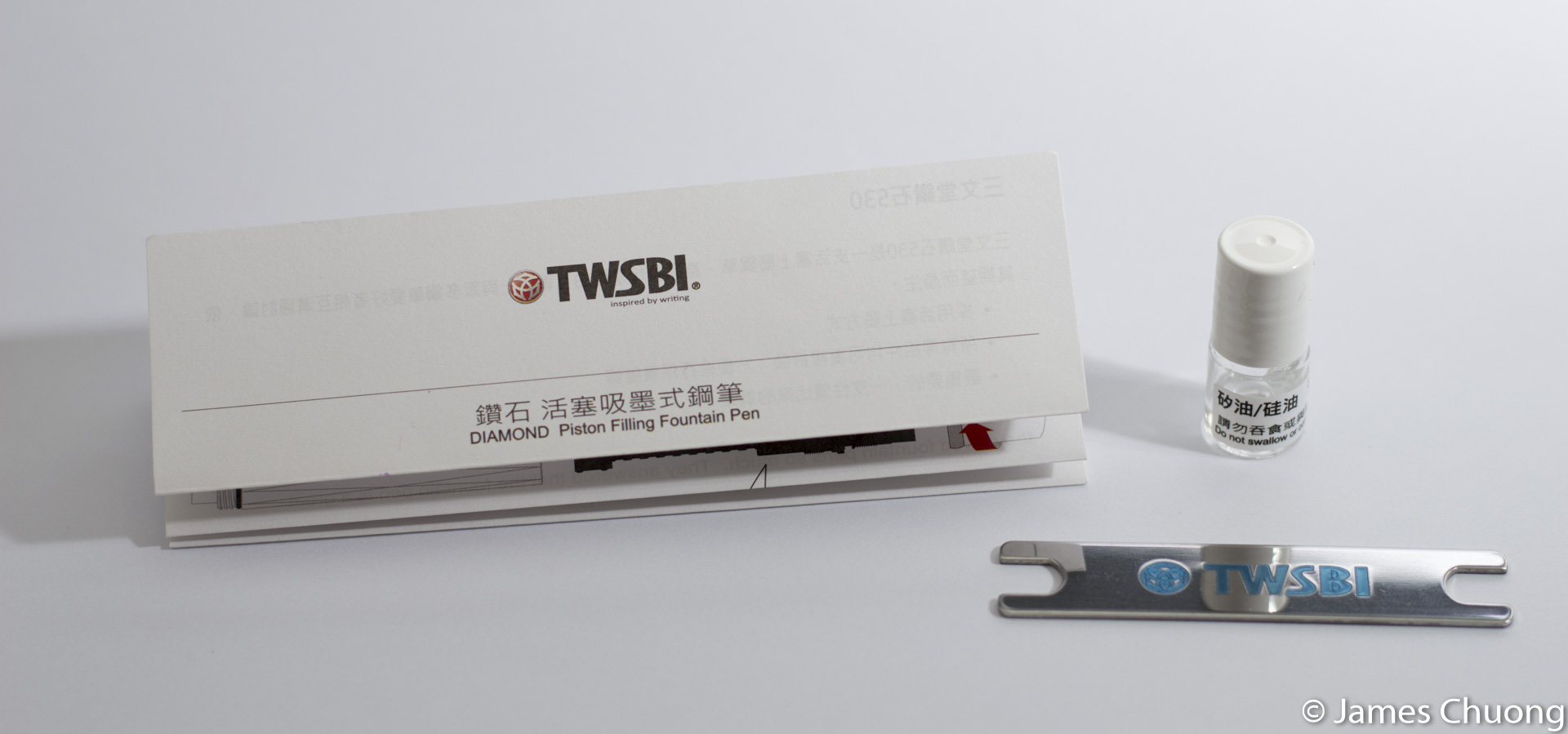
Inside the case, underneath the pen is a compartment that hold the included wrench and container of silicone grease. Interestingly, the instructions talk about the older 530 model, but TWSBI hadn’t made the complete update to the instructions yet. The wrench was covered in a blue plastic to protect the metal from scratches, which you can see on the TWSBI name, as the plastic peeled around the letters. I believe the wrench is a standard 7mm width.
Silicone grease, sometimes known as silicone lubricant in plumbing or diving, is used to lubricate the piston mechanism and seal against leakages. Thus, TWSBI gives a small bottle of it to help maintain their pens. It’s a little watery, probably waterier than normal 100% silicone grease, so it’s probably only suitable for the piston mechanism rather than using it on another pen for an eyedropper conversion. Nonetheless, it has been useful for using on my other converters to help them operate smoothly.
Features
First off, the 580 model also has the Diamond 580AL, the same pen with some aluminum pieces in the grip and piston mechanism. The 580AL has a few of it’s own colours, which I won’t cover here, and costs $10 more than the base 580 model.
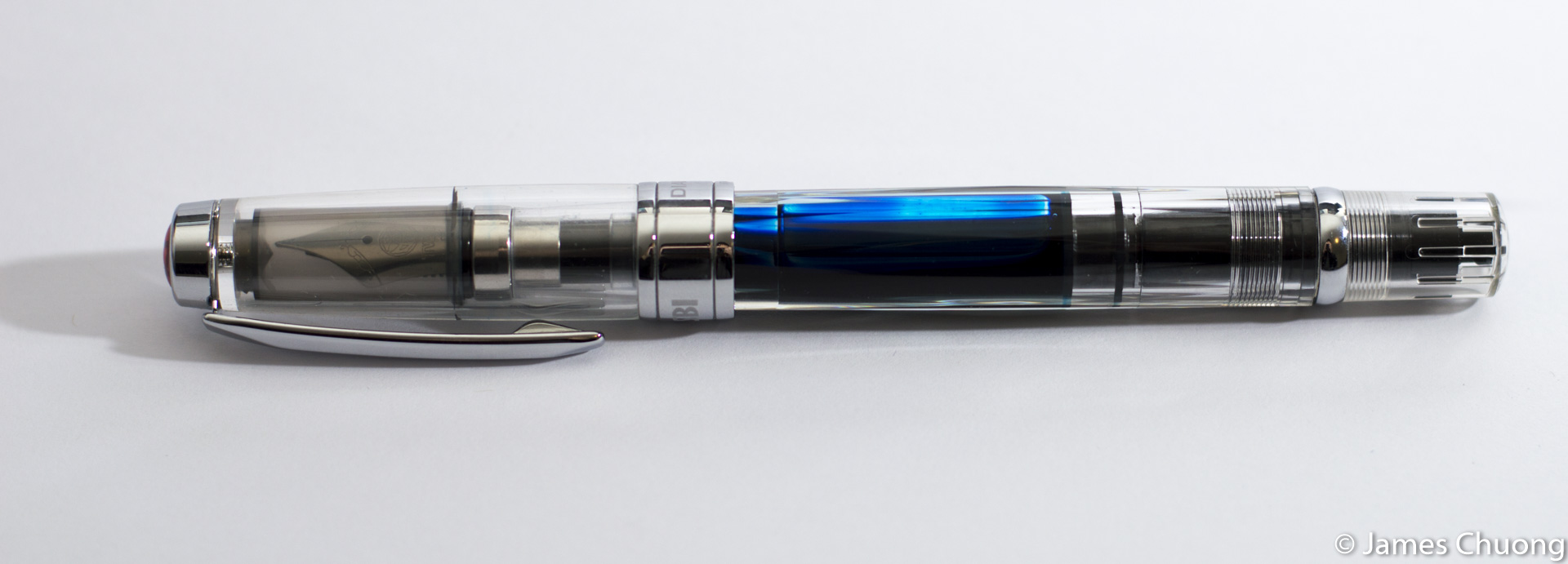
The 580 comes in standard clear, as I have, green, blue, red & blue, and “USA”, which is red and blue with the USA flag on the finial instead of the TWSBI logo.
The 580 features the faceted barrel, which is why it is the Diamond 580, as it has a diamond pattern around the barrel. Aside from the metal parts and the internals, the entire body is clear, which makes it a beautiful demonstrator pen.
Of course the main attraction of the 580 is the piston mechanism. The piston allows for the pen to be filled on average of 1.25mL and a full fill at 2mL. That’s a lot of ink, up to *4 times more than a converter. Combined with the demonstrator body, you better like the ink you put in this pen because it will last a while (especially with an extra-fine nib).
The cap is a twist-off, and takes just over 1 rotation to uncap. Since the cap is a twist cap, there are threads on the section, which aren’t sharp to hold on.
Furthermore, the pen does not post.

Maybe you don’t have a sense of scale, but this grows the pen to 150% it’s uncapped size due to how shallow you can put the cap on. So don’t try to post it! Also, even if you could use it at this length, the cap is clutching the piston nob, meaning you can turn the cap and activate the piston. Don’t do this!
Here’s some comparison pictures of the TWSBI 580 and the Pilot Metropolitan (since it is going to be most peoples’ pen “upgrade path”.


The 580 is a little bit longer than the Pilot Metropolitan, which is good because you can’t post it. The 580’s section is slightly wider than the Metropolitan but the lengths are exactly the same. In terms of weight, surprisingly the 580 is slightly heavier.
Looks
The 580 looks gorgeous – if you like demonstrators. It’s not classy but it is quite the looker. Starting from the top:
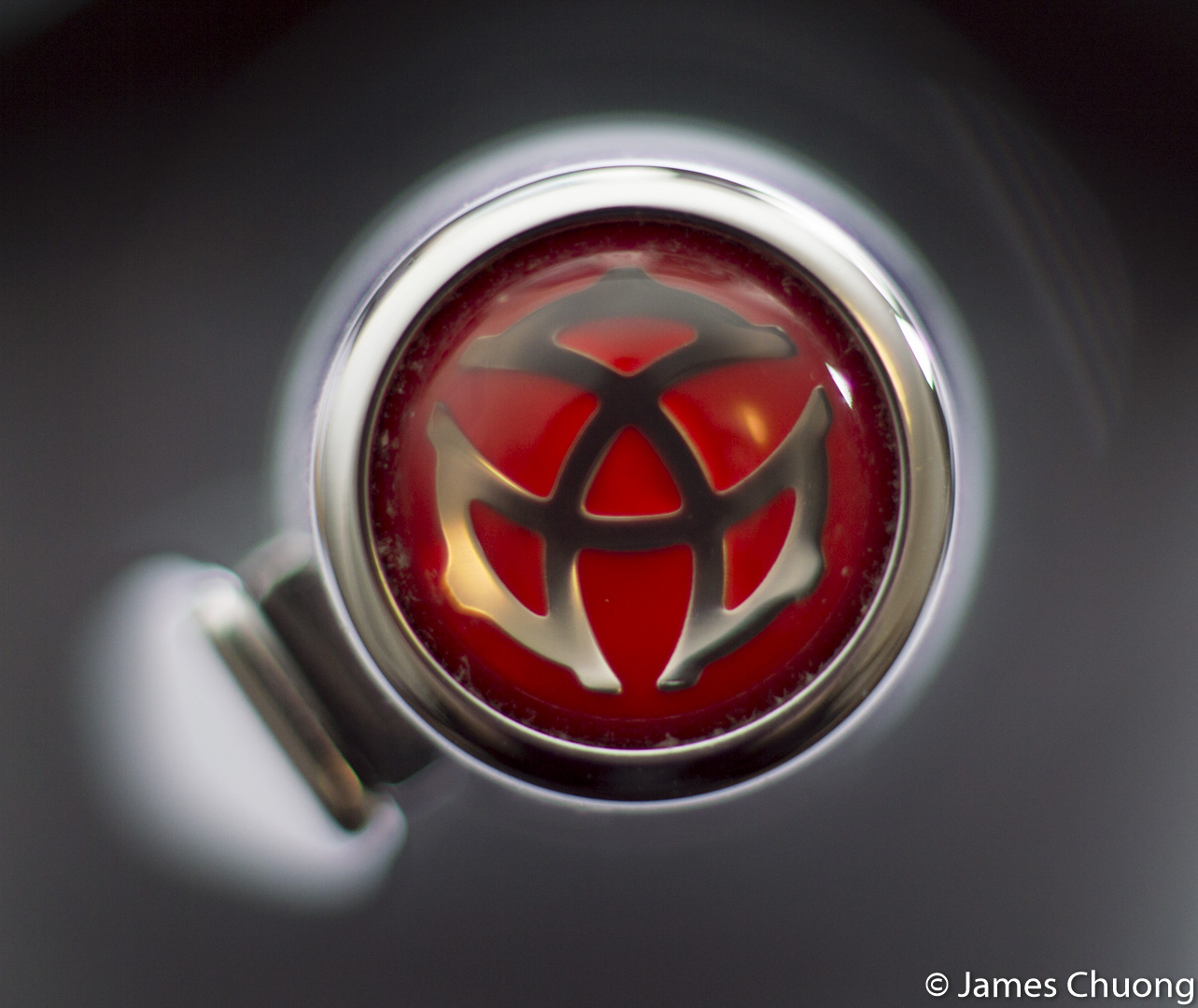
At the top of the cap is the TWSBI logo, in a dome shape with a clear coat. I’ll be honest when I was considering waiting for the TWSBI Eco but I thought it looked so ugly compared to the 580 that I just went and bought the 580. The finial of the 580 far surpasses the look of Eco’s finial.
The clip (no close-up picture here) continues with the diamond theme as it is a rectangle-based pyramid shape, simple and shiny.
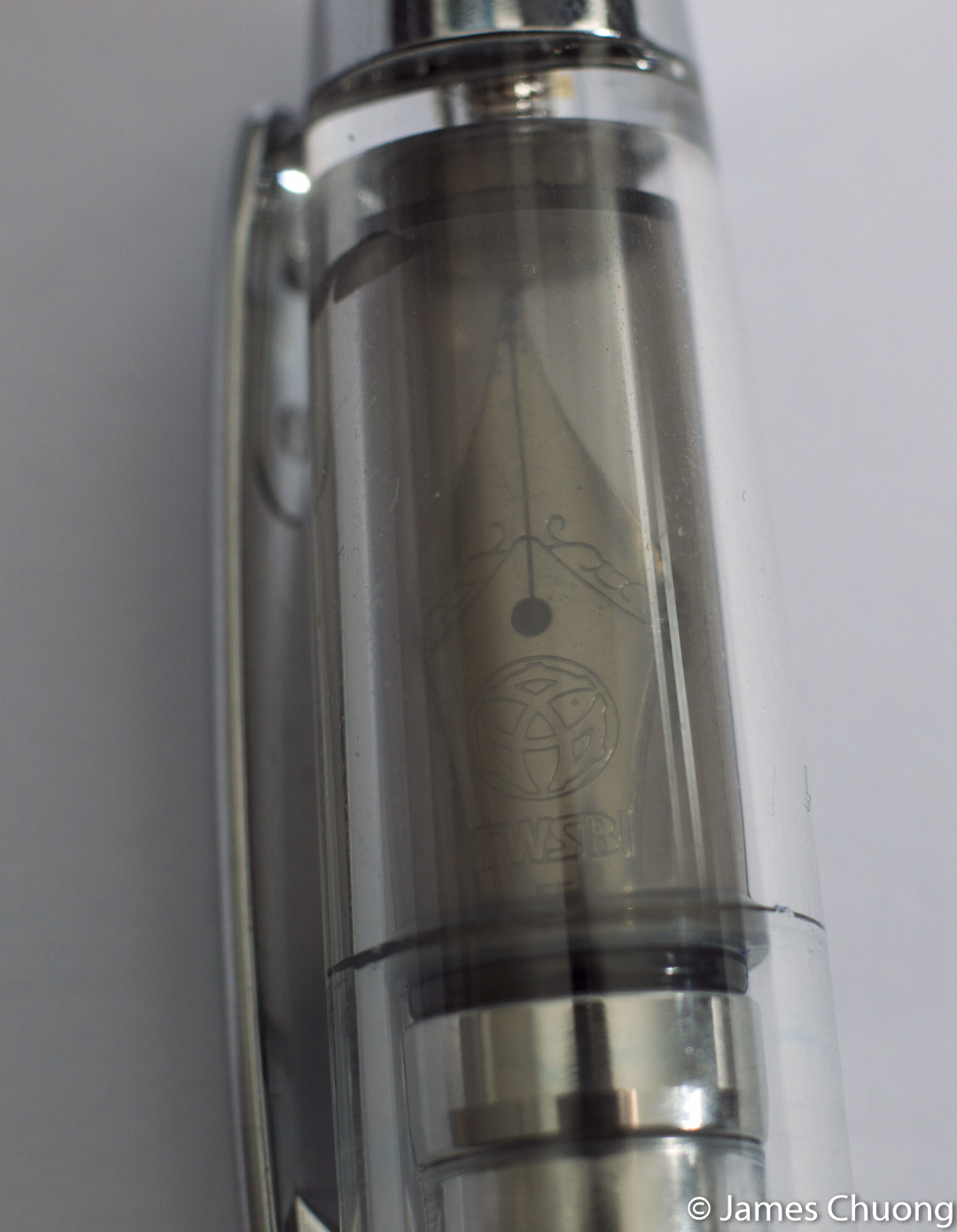
Next, I have shown the inner cap of the cap, where the nib sits and creates a air-tight seal to prevent drying out. This looks alright in my opinion but for some, the grey cap (while functional, keeping UV light out?) doesn’t match the rest of the pen, which is completely clear.

Underneath the clip, on the cap band there is the TWSBI name, possibly laser etched onto the band. Check the full-size image to see the texture on that.
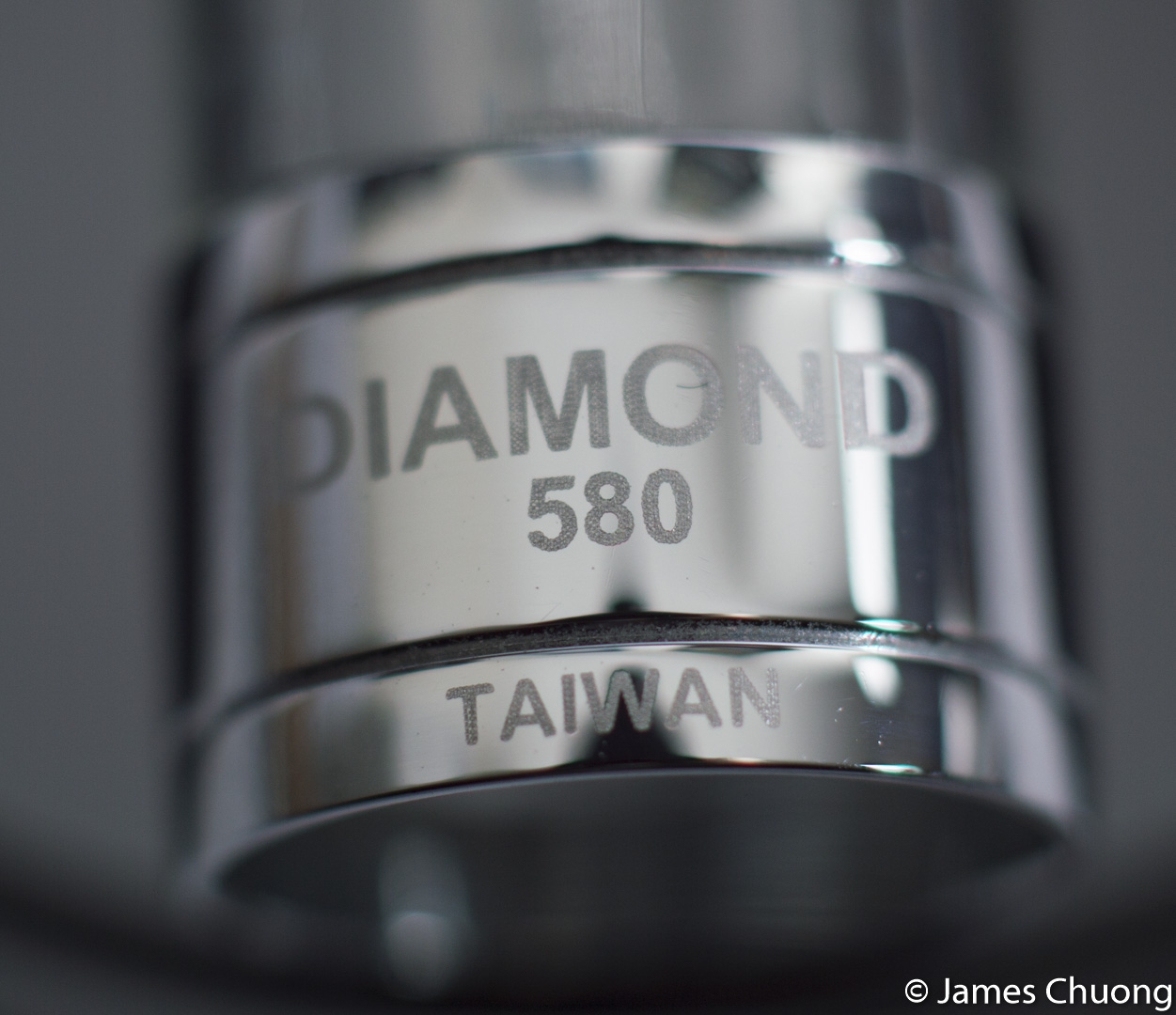
On the other side of the cap, it says “DIAMOND”, “580”, “TAIWAN”, also etched onto the cap band. I find the etching is unique and gives it a nice modern look to the pen.

The nib is nice and decorated, with a few simple flourishes, the TWSBI logo, “TWSBI” and the nib size (EF) stamped on the nib. I haven’t mentioned it yet but I rather like the TWSBI logo, has it is simple yet fairly recognizable, and the simplicity makes it look good when scaled down on the nib.
Writing Experience
This part of the review is going to be quite personal to my experience with the extra-fine nib. When I first got this pen, the extra-fine actually looked finer than the Pilot Metropolitan’s fine, which is a surprise because the general consensus would be Japanese fine = Western extra-fine, not the Western extra-fine being finer. This was probably due to the dryness of the nib, which also contributed to the feedback of the nib. Basically, I had a drier nib with more feedback than the Pilot Metropolitan in fine. I have heard that the TWSBI pens did generally write a bit dry, and that is in line with what I found.
I had eventually tried to tune the nib to make it smoother and wetter and it was fairly pleasant, now in line with what I would consider the Metropolitan’s fine. It still had a bit of feedback, but the trade-off for writing well on cheap paper it is worth it (school notes).
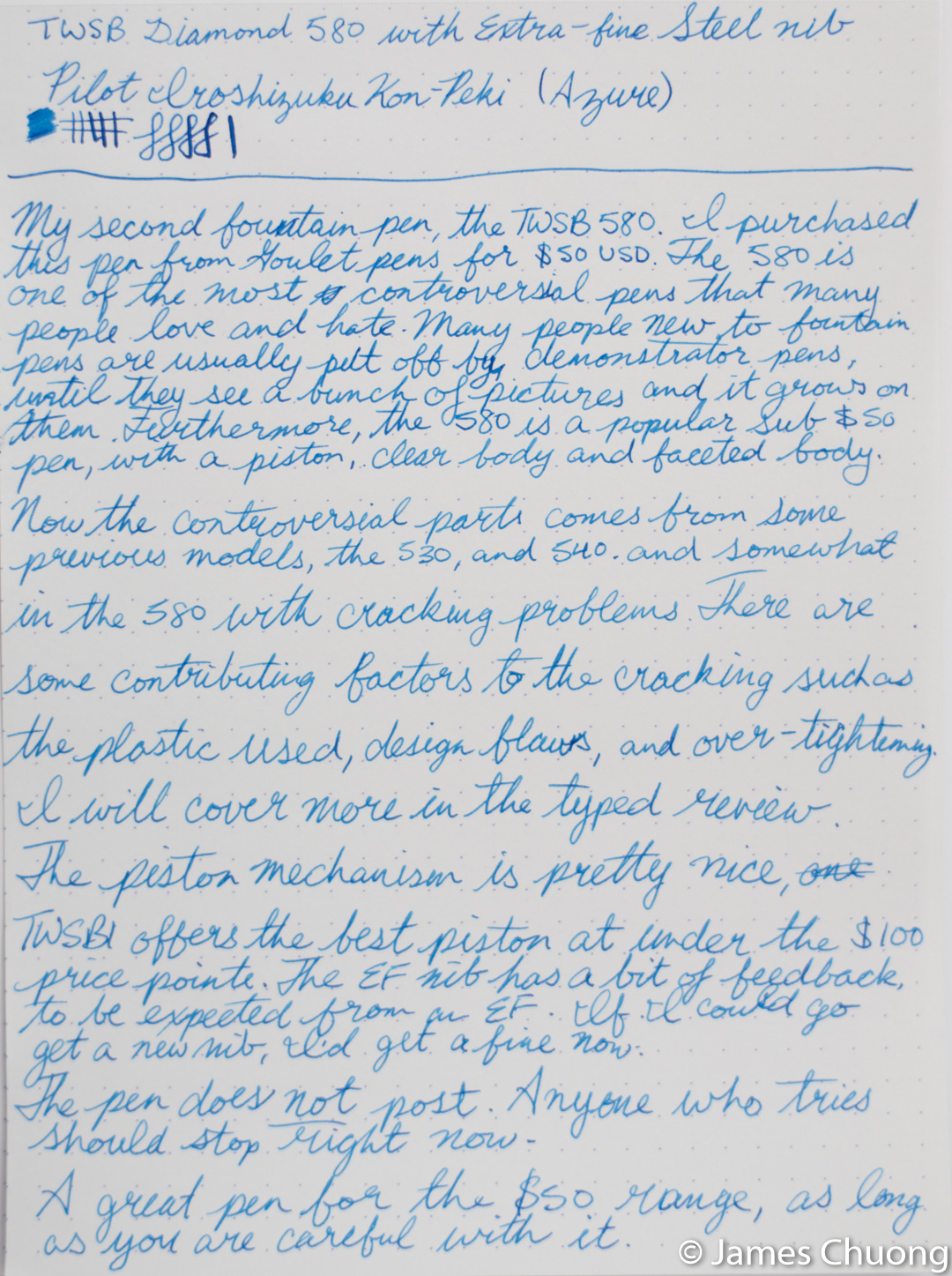
There is a bit of line variation you can squeeze out of the nib; it’s especially noticeable because of the thin lines of the extra-fine to the flexed lines. I would guess the lines goes from extra-fine to a medium in size.
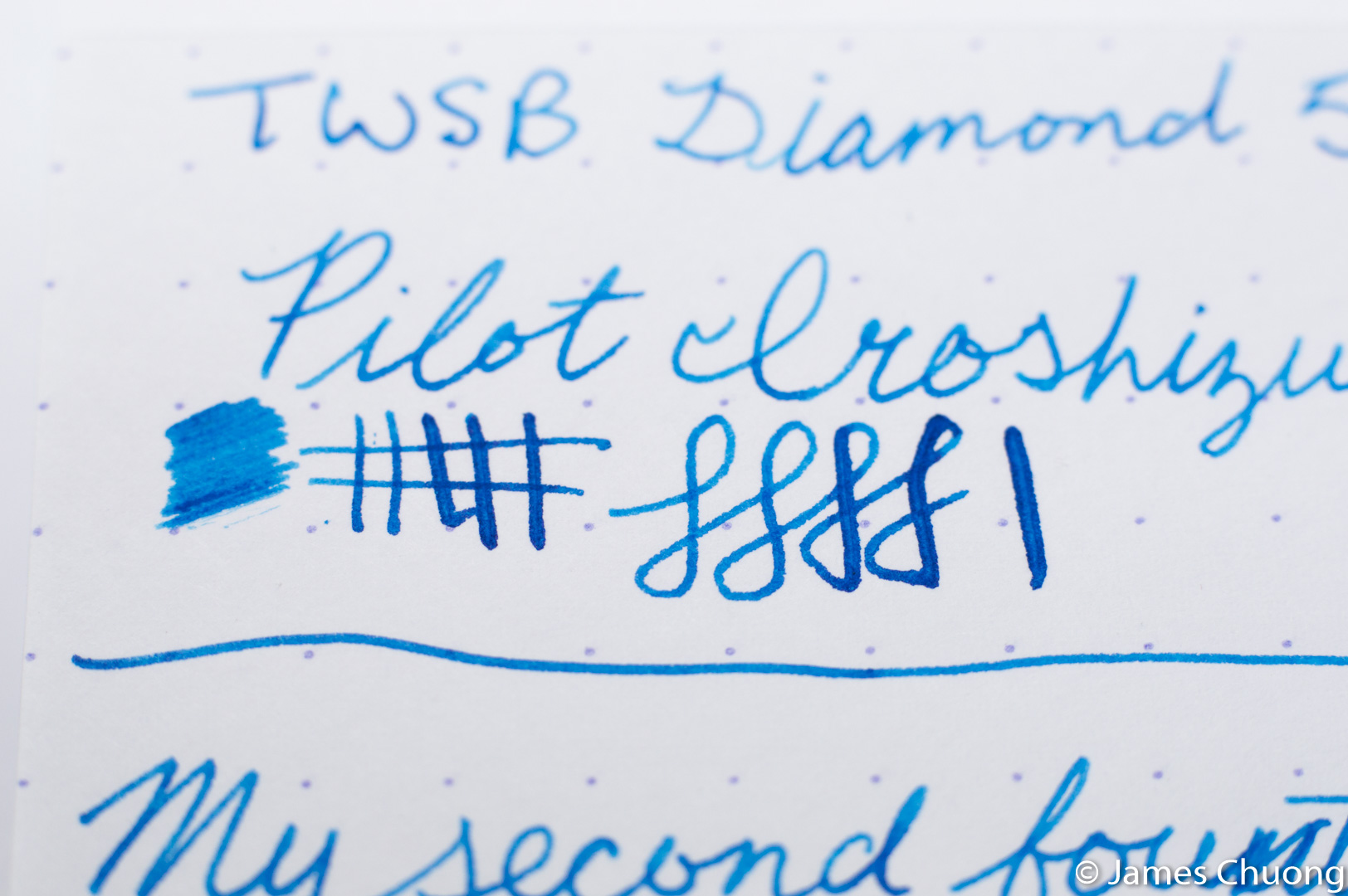
However, I would advise not to put pressure like this because 1. it’s not supposed to be flexed and 2. the extra-fine is sensitive to misalignment, and flexing will probably misalign the tines.
After writing those samples out, I had again tried to smooth and make the nib wetter. It took some time because of very tight alignment issues but I got it to a point where I am happy with it, but it now writes more like a Western fine, similar to my Pilot Metropolitan in Medium and my Parker 45 in extra-fine. Also it has a bit of a foot probably from the grinding so it’s a little scratchy if you roll the pen (again, my nib experience, not what normal TWSBI nibs will feel like).
Misc and Final Thoughts
Now I want to talk about the controversial part of the TWSBI 580: the cracking section. There are a few people who break other parts of the 580, but the most common is probably this part here:

Now, the section of the pen (the part you grip at) is the clear cone shape. Now this entire part can be unscrewed, removing the nib and feed with it. One of the problems with this is that the section is actually held in place by squeezing between the metal collar and the body (the threads). Therefore, over-tightening the section means you will put a lot of stress on your plastic parts. Uh-oh. You can also notice the o-ring placed after the threads. I’m not sure if that was placed later in the 5XX models (I don’t have 530, 540s to compare to) but perhaps it was placed to prevent over-tightening of the cap onto the body. It’s not particularly intrusive but it’s there. It doesn’t match the pen – if it was for air tightness in the cap, doesn’t the inner cap already achieve that?
Now for the other issue, though I’m not entirely sure if it’s my own fault.
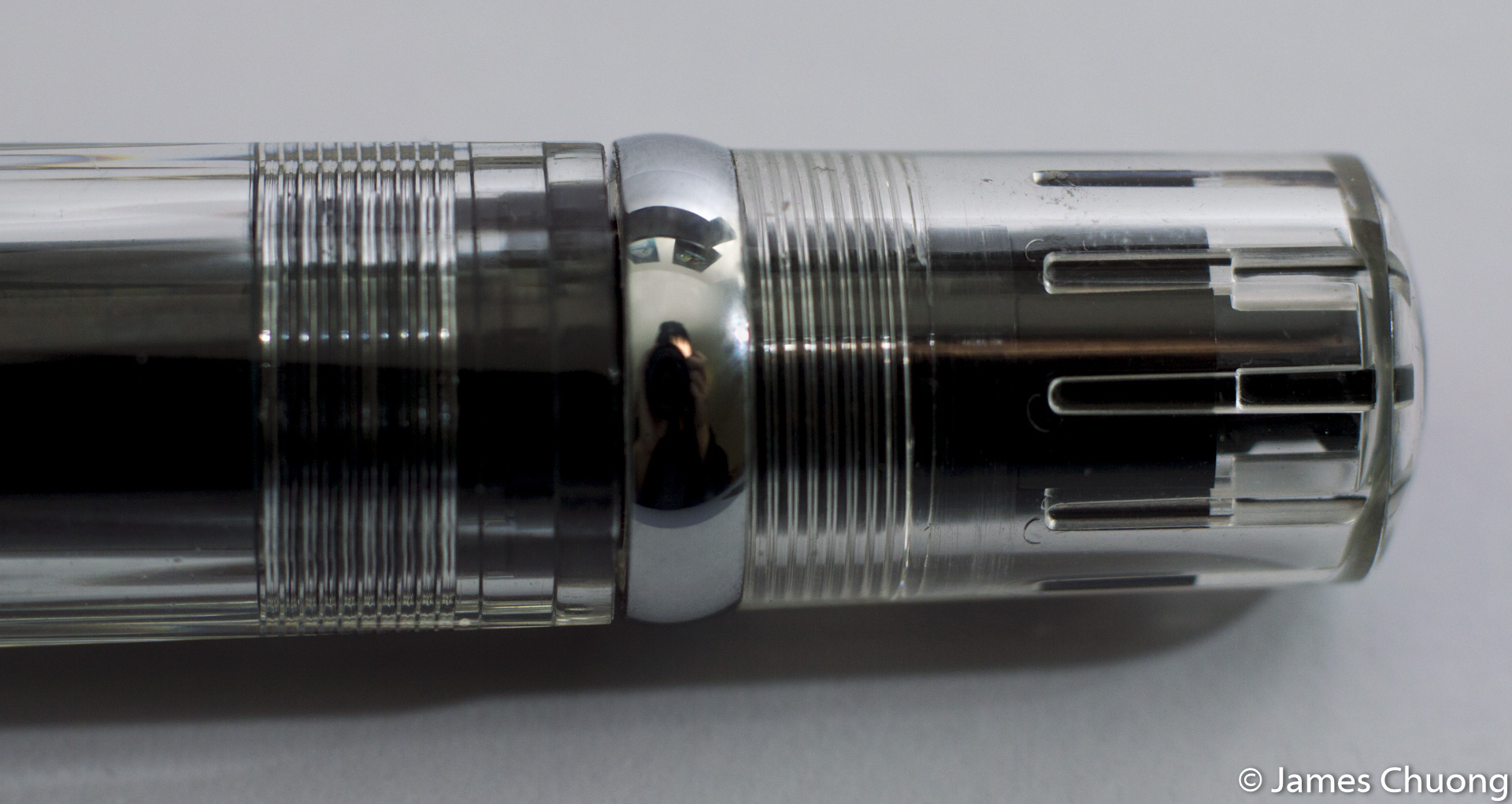
I have disassembled the piston mechanism a few times, so I’m not entirely sure if this was a problem on a factory new Diamond 580. The piston is retracted all the way possible, as I have tested a few times prior to reinstalling it into the pen. However, there is a little gap between the knob and body of the pen. As you push the piston down the body of the pen, the knob extends from the pen, and allows you to unscrew it with the given wrench. So, this is the farthest I was able to get the knob flush with the body. That kind of bothers me, as it allows for a little bit of play in the knob without actually turning it. I might try to get it properly flush, but I have a feeling that would compromise a little on the ink capacity because you can only tighten the knob if there is more of the piston to retract back. I will probably take that compromise since I actually use ink slowly (especially with an extra-fine nib) but for others, this might be a little disappointing.
Edit [02-12-2016]: I ended up fixing this issue as I noted above. Basically, I made the piston not move as far as possible, so the piston has a little more space left but the knob is flush with the body, thus the piston cannot keep moving up. I would guess about 0.2mL of capacity was sacrificed, and the piston doesn’t “line-up” with the lines on the body which indicates the upper and lower limit of the piston. Unfortunate but I think I can live with it, with the extra-fine nib.
Minor issues aside, you get a lot of value from TWSBI pens. A good writer, good customer support, demonstrator, piston filler, comes with a little silicone grease and wrench, there is a lot to like. I think if you realize that the pen could break and you take care of it well enough (don’t throw it into a your bag, don’t over-tighten, don’t crush it) which comes with most fountain pen care, you get a great pen for $50. Although, the 580AL is only $10 more, and the Eco is $20 less, the 580 still is extremely competitive at the $50 mark.
If I were to do it again, I would probably get the fine nib, or think about saving up for the $75 Japanese gold nibs but I have been very satisfied with my TWSBI Diamond 580.
Disclaimer: I purchased this pen with my own money and was not compensated for this review. There are no referral links in this review.